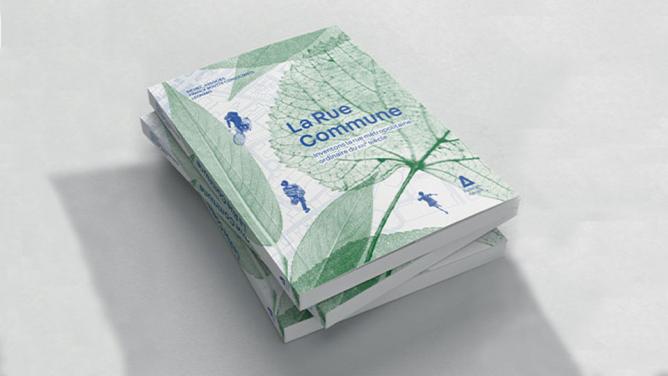“We need to speed things up” (Isabelle Spiegel, Head of Environment, VINCI)
“For the people I deal with regularly, resilience is already a part of their vocabulary, either they’ve already delved deep into a topic or it’s related to rather operational topics concerning everyday risk management and anticipation on construction sites. But when it comes to extreme climate events, the risk is taken into account less – even though such events are going to occur more and more frequently. Likewise, we’ve been dealing with the question of areas at risk of flooding and earthquakes for a long time now, and that onsite construction specialists have been leaning on the vulnerability card. The problem is that such cards already exist for 2030 and 2050, and that building projects must think 50, 70 or even 100 years down the line. Therefore, collectively we have a problem of scale.
The need for resilient buildings and infrastructure is a recent issue. Climate risk has only been ranked in the number one position for the past three years in the World Economic Forum’s annual Global Risk Report (Editor’s note: in 2019, extreme weather events and the failure of climate-change mitigation and adaptation feature on the podium of risks, in terms of impact rather than probability). The risks are going to multiply by four or six by 2025, directly touching the “assets” of those who exploit infrastructure. However, there is not yet enough momentum which would allow us to progress and face up to these risks on the medium term. Also, there’s no common method for evaluating risk and vulnerability: everyone is expanding their evaluations taking into account new risks, but this happens in an overly disseminated manner.
Today, the approach is to take baby steps, which regularly shake up disasters. Some concrete incidents (such as a highway being blocked by a snowstorm) often forces us to take things to the next level when anticipating and managing risk. We still need to speed things up, and for that, we need to agree on which futures to consider, bringing the right level of solutions and how to implement them.
Regulation must also follow, so that related solutions (that operators like VINCI can already offer to their clients) can be effectively retained.”
“Lead a transformation that isn’t cosmetic” (Karim Selouane, founder of Resallience)
“The word resilience is currently entering our language. Incidentally, the “resilience” label is replacing CSR and sustainable development on lots of LinkedIn job ads. So as to avoid walking into the trap of a purely cosmetic transformation, we must objectify the notion precisely and bring it into a technical framework. It’s the biggest challenge: defining the scope for resilience in the engineering domain.
Today’s levels of maturity are very mixed. Not only does Resallience assist clients who are in urgent situations, but we also assist those who are concerned about the profitability of their investment in an infrastructure or their reputation. These people don’t always manage to determine without help what it is that weakened them. Whereas other clients understand the risks connected to climate change and don’t make the link with issues related to adaptation.
We are amongst those proactive players who are trying to speed up the integration of resilience issues. Our initial starting point, which is still valid today, is that our cities, our infrastructure (be it a sidewalk or an electrical grid) and our systems that create economic value are not adapted to the climate crisis. Everyone is concerned as infrastructure is aging prematurely and there are increased operational risks as heatwaves, storms and flooding are occurring far too regularly. This is clearly a global challenge: in Indonesia, a wonderful industrial site designed and built in a modern, “resilient” way, is in reality located on land where roads are collapsing as flooding increases and the power supply is not guaranteed during storms.
We’re helping build a new market by driving cultural change amongst our stakeholders and leading institutional advocacy, while involving academic and scientific networks to help this new resilience engineering emerge.
The topic is gaining ground, and we already have the expertise and a plethora of tools and skills for integrating the notion of adaptability. Indeed, software does exist. But above all, the challenge lies in combining solutions, mobilizing all expertise and orchestrating it all to specifically address resilience solutions. Most of all, this is a matter of activating stakeholders’ pre-existing skills and technical solutions.”


